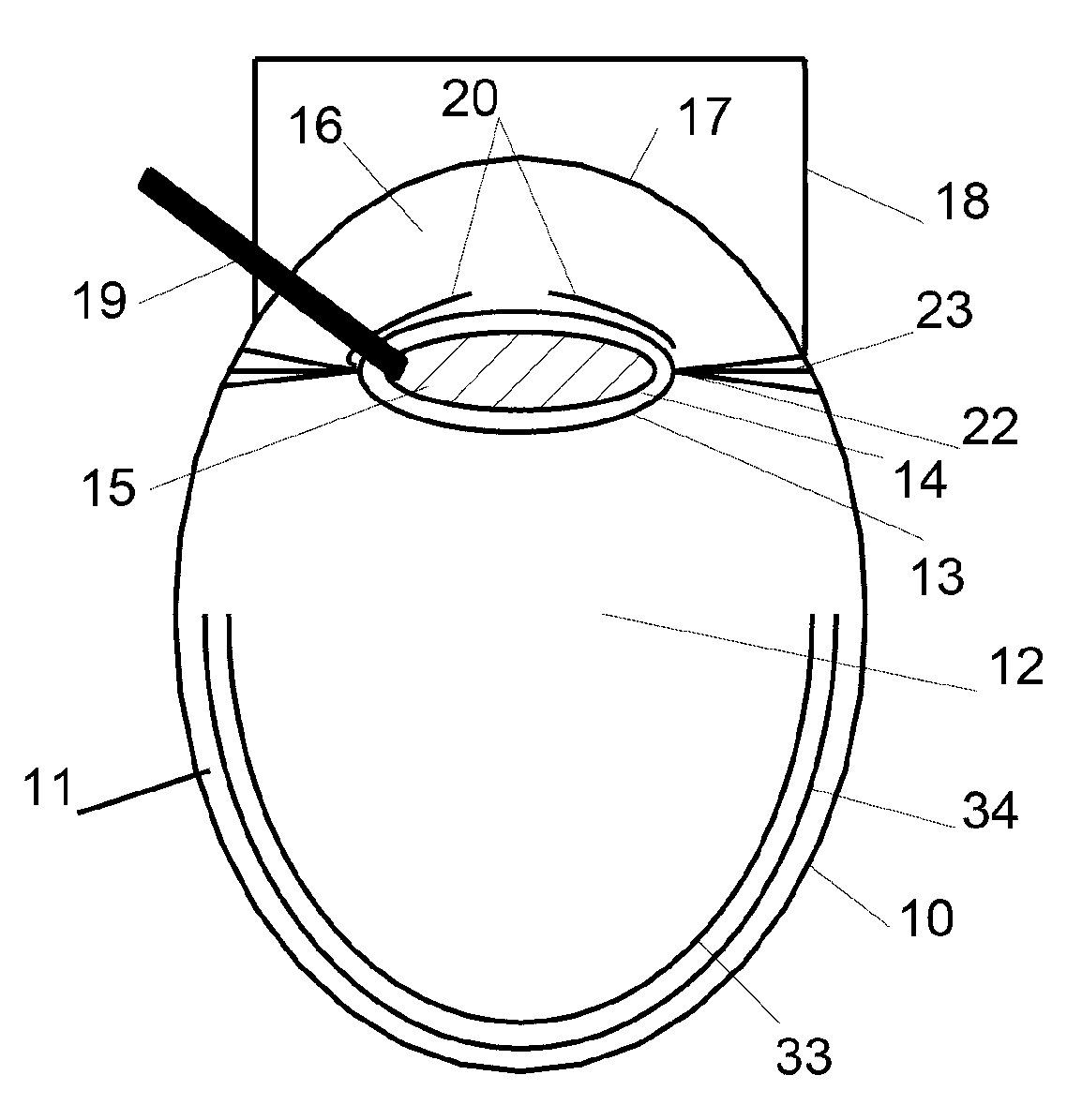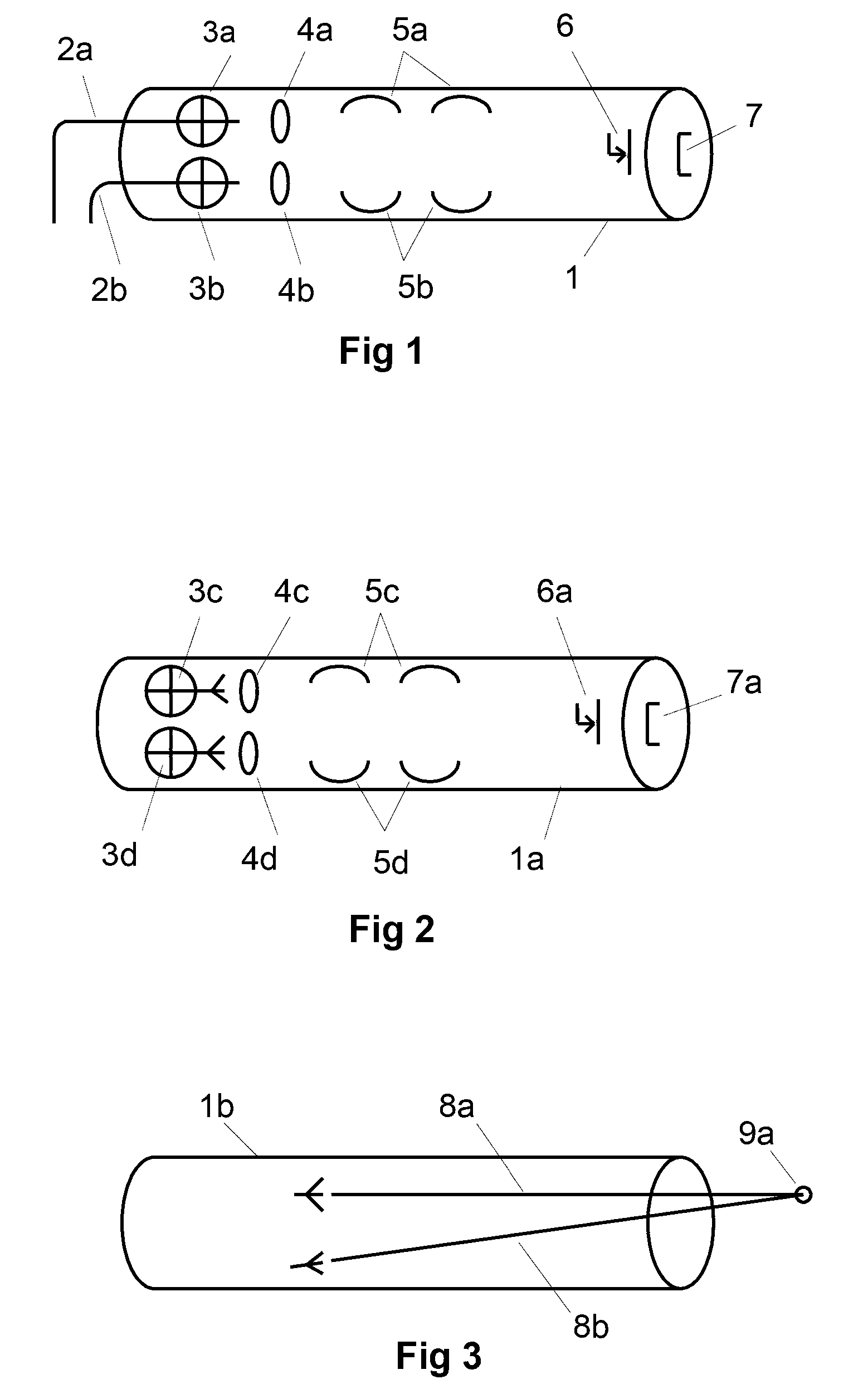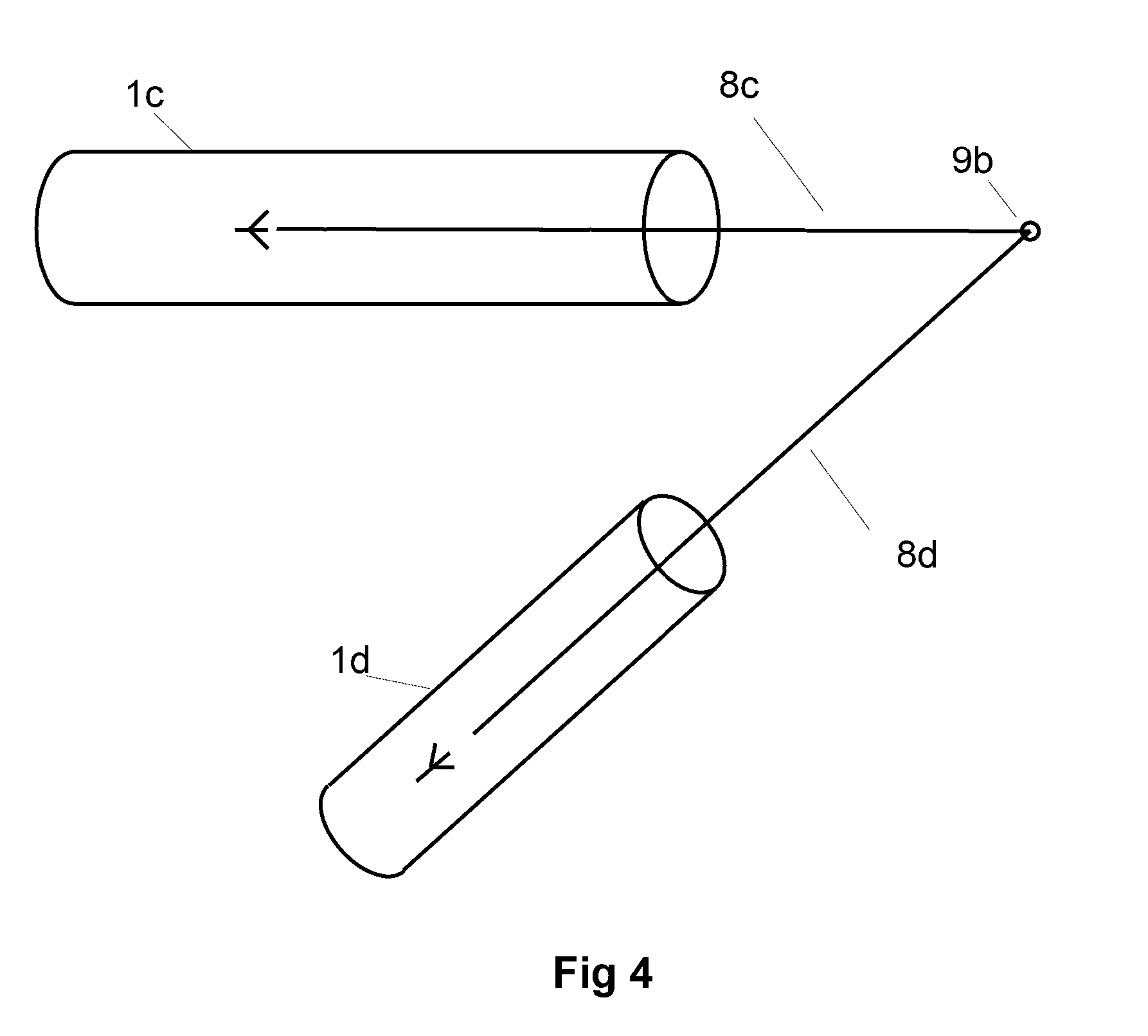Automated Surgical Instruments and Processes
a surgical instrument and automatic technology, applied in the field of automatic surgical instruments and processes, to achieve the effect of increasing the ability to target drugs
- Summary
- Abstract
- Description
- Claims
- Application Information
AI Technical Summary
Benefits of technology
Problems solved by technology
Method used
Image
Examples
example asp
[0175]An ASP is preferably a small, intelligent and adaptable instrument, that under computer control (that is preferably within said ASP in part at least) with feedback from one or more sensors may intervene (eg surgery) inside the animal with a greater or lesser amount of autonomy. It preferably includes digital imaging and preferably is able to transfer said imagery (and or other information) externally (eg to a doctor). It is envisaged that as the software is refined, the ASP may be capable of performing intricate surgery and or other in-vivo processes unaided. It is envisaged that ASP's may be versatile mobile medical instrumentation responsive to a variety of downloadable Apps for directing a variety of surgical and medical interventions.
[0176]Ongoing refinements in micro electronics, micropower generation and MEMS is expected to reflect in the evolution of smaller and more versatile ASP's.
[0177]It is preferable that an ASP(s) may be left inside the animal for extended periods...
PUM
 Login to View More
Login to View More Abstract
Description
Claims
Application Information
 Login to View More
Login to View More - R&D
- Intellectual Property
- Life Sciences
- Materials
- Tech Scout
- Unparalleled Data Quality
- Higher Quality Content
- 60% Fewer Hallucinations
Browse by: Latest US Patents, China's latest patents, Technical Efficacy Thesaurus, Application Domain, Technology Topic, Popular Technical Reports.
© 2025 PatSnap. All rights reserved.Legal|Privacy policy|Modern Slavery Act Transparency Statement|Sitemap|About US| Contact US: help@patsnap.com



